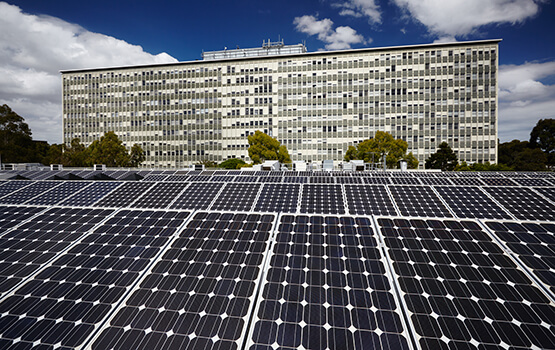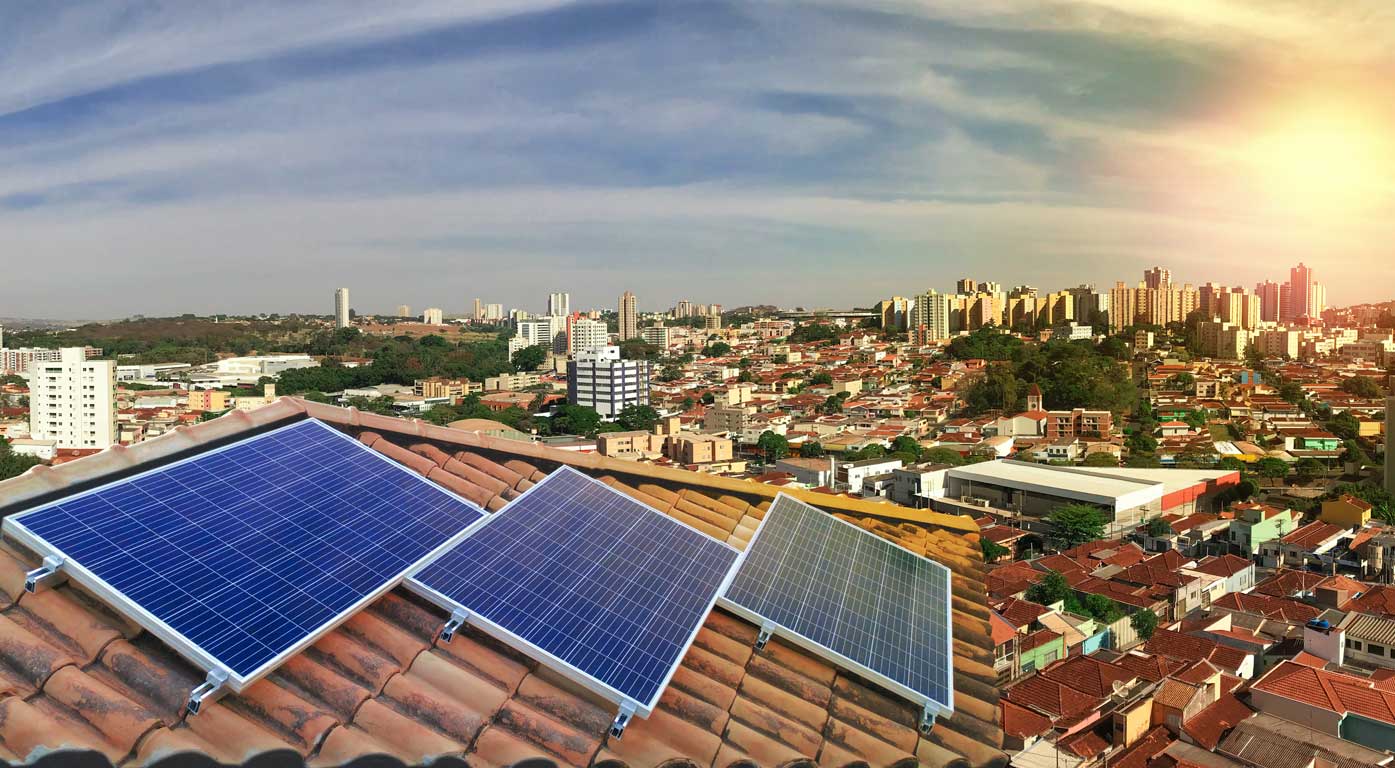Summary
The Indra Monash Smart City will demonstrate how smart and renewable technologies can be integrated at the Monash University Clayton embedded network to maintain power quality and test market driven responses and business models.
Indra’s Active Grid Management (InGRID AGM) platform will provide real-time monitoring and control over the grid-connected assets, and be optimised to add value to customers, market participants and the electricity grid.
Key findings
- The operational readiness of both solutions and customers is critical to enabling microgrid technology.
- A well-designed data governance framework is a critical early-stage consideration for future projects where large and sensitive datasets are generated.
- Cyber Security Frameworks specific to energy systems are important, particularly as energy systems continue to digitalise and increasingly consist of network, and internet, connected components.
- The value microgrids can provide continues to evolve, and access to value streams is increasing as markets for demand side flexibility increase in maturity, which will continue to enhance the commercial viability of microgrid systems in a range of settings.
- The microgrid model developed in this project provides further validation of suitable applications that should be targeted. Larger residential areas prone to bushfires or severe weather events, commercial offices and shopping centres, and large precincts are priority locations for microgrid implementations. A diminishing number of barriers still exist, which would benefit from further research.
This project consists of:
Learn more
How the project works
The Indra Monash Smart City project will use Indra’s grid management platform to enable control of distributed energy resources, including a minimum of 1 MW of solar panels, 20 buildings, electric vehicle charging stations and 1 MWh of energy storage.
Firstly, the assets will be monitored in real-time enabling visibility and control at the low-voltage network.
Secondly, the assets will be optimised to ensure efficient and reliable supply of electricity within the technical limits.
The third and final phase will implement a transactive market to allow each building to buy and sell electricity, and optimise use in response to pricing signals.
Area of innovation
Unlike other embedded network projects relying on centralised control from one single industrial equipment manufacturer, the Indra Monash Smart City will demonstrate the interoperability among different manufacturers and technologies to unlock opportunities for scalable smart grids with participants and providers. This is to ensure the technical and commercial solutions being developed are replicable beyond the realm of this project. Rather than duplicating existing functionality, Indra’s platform will leverage the intelligence of the various systems and use its openness to standard protocols to integrate third-party technology that adds value to the platform.
Benefit
The Indra Monash Smart City will demonstrate how a 100% renewable powered embedded network could operate reliably, and the value it could provide to customers and the broader energy network. It will show the value of smart energy infrastructure to the various market participants, and will lay the path to commercialisation for similar projects across a range of greenfield and brownfield applications. Real-time integration will facilitate the sharing of information and services amongst network companies, customers and new market players (such as aggregators).










